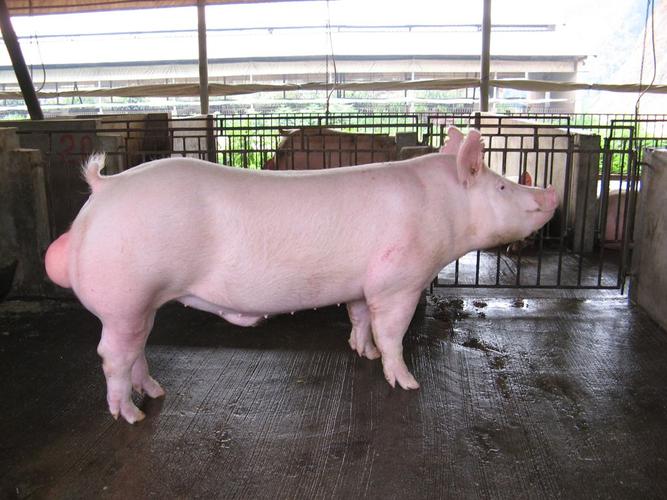The impact of high temperature on pigs is very obvious. Because pigs have thick subcutaneous fat and underdeveloped sweat glands, they are not very heat-resistant. In summer, the growth rate of pigs decreases and their appetite decreases; sows show a decrease in conception rate, an increase in the number of stillbirths, a decrease in litter weight, and even miscarriage; boars show a decrease in mating desire, etc. There is a special term to describe these manifestations in the pig farming industry: pig heat stress.
Summer is also a high-incidence period for epidemics, because high temperatures make it easy for pathogens to spread, and because high temperatures accelerate cell division, to a certain extent, it shortens the process of pig diseases from the onset of symptoms to the high-risk period. Therefore, the characteristics of summer epidemics are generally rapid onset, short course of disease, and very difficult to control, so to a certain extent, it also increases the mortality rate of pigs.
For experienced farmers, the high temperature in summer is not a difficult problem, but just a reminder to strengthen prevention. However, pig heat stress and summer pig epidemics are indeed very important things, because the pig market has entered the off-season, and the income is far lower than the expenditure. Pig heat stress can be prevented and controlled in advance, but the epidemic is sometimes not controllable.
But before the high temperature season, pig farming experts and experienced industry insiders and even some media websites in the industry will give various methods to prevent pig heat stress and summer epidemics. Farmers can do a good job of epidemic prevention and control based on various analyses and methods, combined with the situation of their own pig farms, to raise pigs healthily, effectively reduce losses and reduce expenses, and still make a lot of profits in the off-season.

Summer is also a high-incidence period for epidemics, because high temperatures make it easy for pathogens to spread, and because high temperatures accelerate cell division, to a certain extent, it shortens the process of pig diseases from the onset of symptoms to the high-risk period. Therefore, the characteristics of summer epidemics are generally rapid onset, short course of disease, and very difficult to control, so to a certain extent, it also increases the mortality rate of pigs.
For experienced farmers, the high temperature in summer is not a difficult problem, but just a reminder to strengthen prevention. However, pig heat stress and summer pig epidemics are indeed very important things, because the pig market has entered the off-season, and the income is far lower than the expenditure. Pig heat stress can be prevented and controlled in advance, but the epidemic is sometimes not controllable.
But before the high temperature season, pig farming experts and experienced industry insiders and even some media websites in the industry will give various methods to prevent pig heat stress and summer epidemics. Farmers can do a good job of epidemic prevention and control based on various analyses and methods, combined with the situation of their own pig farms, to raise pigs healthily, effectively reduce losses and reduce expenses, and still make a lot of profits in the off-season.


